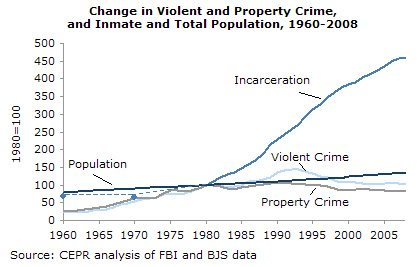I have seen no verification that the private prisons intend to make money from inmate labor & the recent article claiming prison labor would displace more citizen jobs if illegals were jailed as a positive for amnesty was ridiculous. All anti-amnesty directives I have seen call for the illegals being deported back to their country of origin ASAP. How does this equate to available prison labor for private prisons?OK, let’s go look at the anti-immigrant law passed by Arizona.
 It’s littered with “federal custody” and
“imprisoned not more than thirty days” and
“imprisoned not more than six months” and
“A person who is sentenced pursuant to this section is not eligible
for suspension or commutation of sentence or release on any basis until
the sentence imposed is served.”
and
“class 1 misdemeanor”
and
“class 3 felony”
and
“class 4 felony”
and
“twenty days in jail” and
“thirty days in jail”.
It’s littered with “federal custody” and
“imprisoned not more than thirty days” and
“imprisoned not more than six months” and
“A person who is sentenced pursuant to this section is not eligible
for suspension or commutation of sentence or release on any basis until
the sentence imposed is served.”
and
“class 1 misdemeanor”
and
“class 3 felony”
and
“class 4 felony”
and
“twenty days in jail” and
“thirty days in jail”.
Arizona Revised Statutes Section 11-1051
D. Notwithstanding any other law, a law enforcement agency may securely transport an alien who the agency has received verification is unlawfully present in the united states and who is in the agency’s custody to a federal facility in this state or to any other point of transfer into federal custody that is outside the jurisdiction of the law enforcement agency. a law enforcement agency shall obtain judicial authorization before securely transporting an alien who is unlawfully present in the United States to a point of transfer that is outside of this state.
13-1509. Trespassing by illegal aliens; assessment; exception; classification Continue reading

 At 8:30 AM, I began receiving phone calls from Quitman, Georgia
in the County of Brooks where the County
Sheriffs Office was arresting citizens at random concerning the recent
Absentee Ballot Problems.
At 8:30 AM, I began receiving phone calls from Quitman, Georgia
in the County of Brooks where the County
Sheriffs Office was arresting citizens at random concerning the recent
Absentee Ballot Problems.


